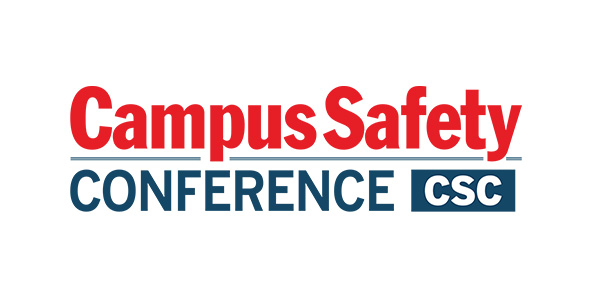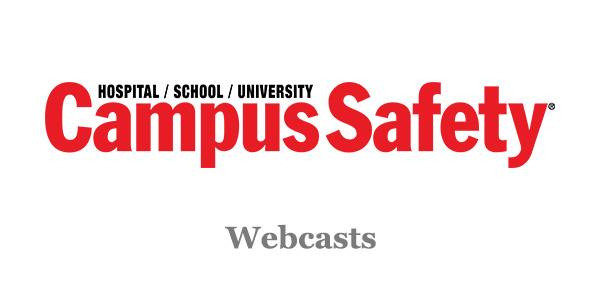Hundreds to thousands of doors and locks exist at any educational campus, and keys can easily slip into the hands of unauthorized individuals who plan to use them to commit crimes such as theft, arson, sabotage, and vandalism. Unlawful forcible entry happens when thieves break down doors, force windows open, use stolen master keys, and illegally obtain duplicates of keys to gain access to assets behind locked doors.
Campus operations often see costs resulting from forcible entry skyrocketing to millions of dollars annually, along with higher insurance premiums escalating from liability claims. Criminal activity and security incidents are mandatory to report according to the Clery Act, which requires campus crime data and security policies and procedures to be transparent to the public. Transparency about criminal activity and security incidents on campus is justifiably required, yet every violation adversely affects the safety and security reputation of the school.
While educational campuses widely use access control and video surveillance systems, electronic key control is security technology that improves security, especially when it is integrated with access control and video surveillance systems. Key control leaves no stone unturned as far as preventing as many instances of forcible entry and security breaches as possible, and it is beneficial to have a thorough key control policy written and included in security and safety policies and procedures.
Protecting Keys and Assets
Electronic key control cabinets keep keys secured and in place and are equipped with software that tracks all key removals and returns, replacing clumsy manual sign-out and sign-in logbooks where keys are at risk of becoming lost or stolen. Interdepartmental campus key control administrators assign specific keys to specific authorized users for usage during designated times or work shifts. Keys are obtained by entering a PIN code, access card, and/or biometrics into the system. Once the credentials are successfully verified, key ports containing their authorized keys light up and release the keys for immediate use.
A complete audit trail of all key transactions can be viewed, downloaded, and printed at any time needed. Besides time-savings and increased productivity, the secure key control system prevents insider threats, misuse of keys, and lost or missing keys.
Electronic key control is ideal to have networked throughout multiple buildings and locations, and centralized at the campus security and police departments, where all security data activity is updated in real time across all security systems. Electronic key control systems are designed to integrate with video surveillance and access control systems for synchronized security technology data points.
How Key Control Prevents Forcible Entry on Campus
Electronic key control systems provide security to campus infrastructure, assets, and people, and provide accountability by preventing access to areas of the campus that are restricted to only authorized individuals. Forcible entry through unauthorized usage of keys puts critical infrastructure on campus at risk of sabotage to mechanical and electrical building systems. When the power goes out in dormitories or classrooms, public safety is jeopardized, which presents opportunities for theft of personal assets, data, supplies, historical artifacts, computer hard drives and data, and puts people at risk for physical assault.
Electronic key control allows only authorized individuals to use keys, and because of immediate audit trail reporting for accountability, it is easy to identify who last had the keys. The audit trail provides forensics should a security incident occur to discover who last had the key to the area that was compromised.
Why Key Control is an Asset for Campuses
Key control systems save time and money and improve productivity for campus security and key control administrator teams. Key control is essential in preventing incidents of forcible entry, which reduces the number of reportable security incidents, further protecting the security and safety reputation of educational institutions around the world.
For more information about key control for school campuses, read our white paper: “Reimagining Key Control for Universities”







